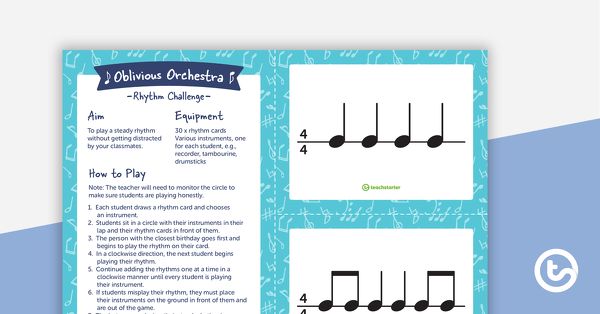TEKS Music 6
(1) The fine arts incorporate the study of dance, music, theatre, and the visual arts to offer unique experiences and empower students to explore realities, relationships, and ideas. These disciplines engage and motivate all students through active learning, critical thinking, and innovative problem solving. The fine arts develop cognitive functioning and increase student academic achievement, higher-order thinking, communication, and collaboration skills, making the fine arts applicable to college readiness, career opportunities, workplace environments, social skills, and everyday life. Students develop aesthetic and cultural awareness through exploration, leading to creative expression. Creativity, encouraged through the study of the fine arts, is essential to nurture and develop the whole child.
(2) Four basic strands--foundations: music literacy; creative expression; historical and cultural relevance; and critical evaluation and response--provide broad, unifying structures for organizing the knowledge and skills students are expected to acquire. The foundation of music literacy is fostered through reading, writing, reproducing, and creating music, thus developing a student's intellect. Through creative expression, students apply their music literacy and the critical-thinking skills of music to sing, play, read, write, and/or move. By experiencing musical periods and styles, students will understand the relevance of music to history, culture, and the world, including the relationship of music to other academic disciplines and the vocational possibilities offered. Through critical listening, students analyze, evaluate, and respond to music, developing criteria for making critical judgments and informed choices.
(3) Statements that contain the word "including" reference content that must be mastered, while those containing the phrase "such as" are intended as possible illustrative examples.

